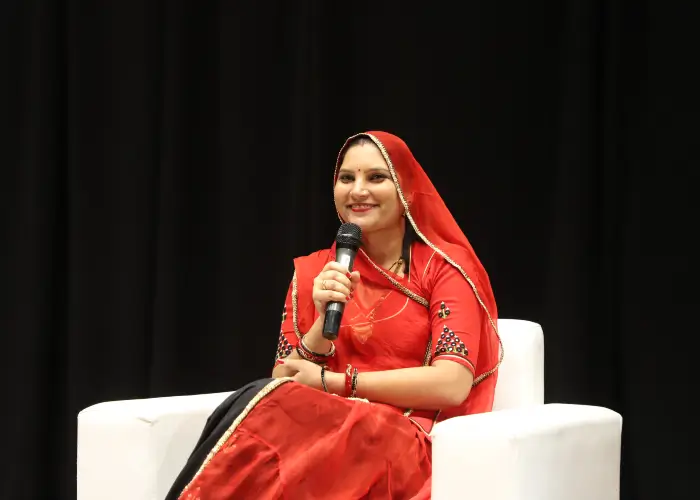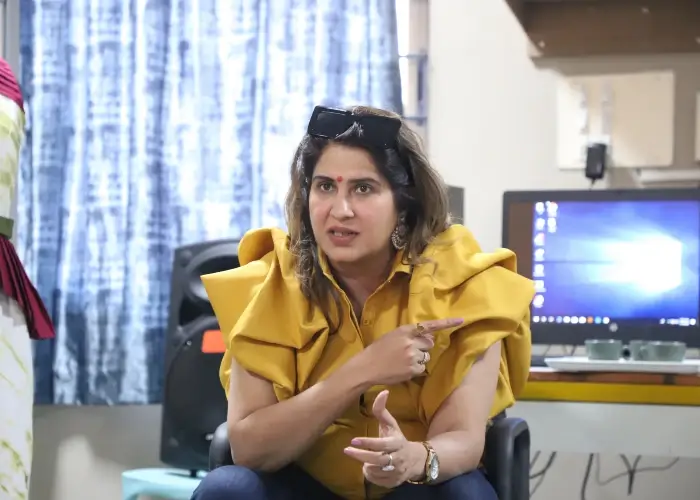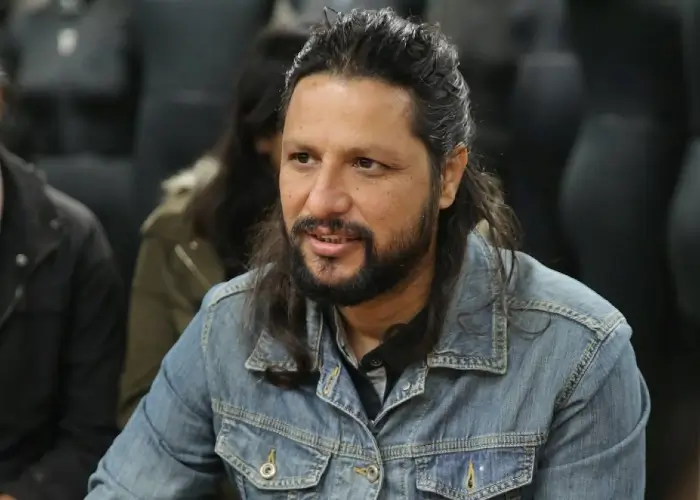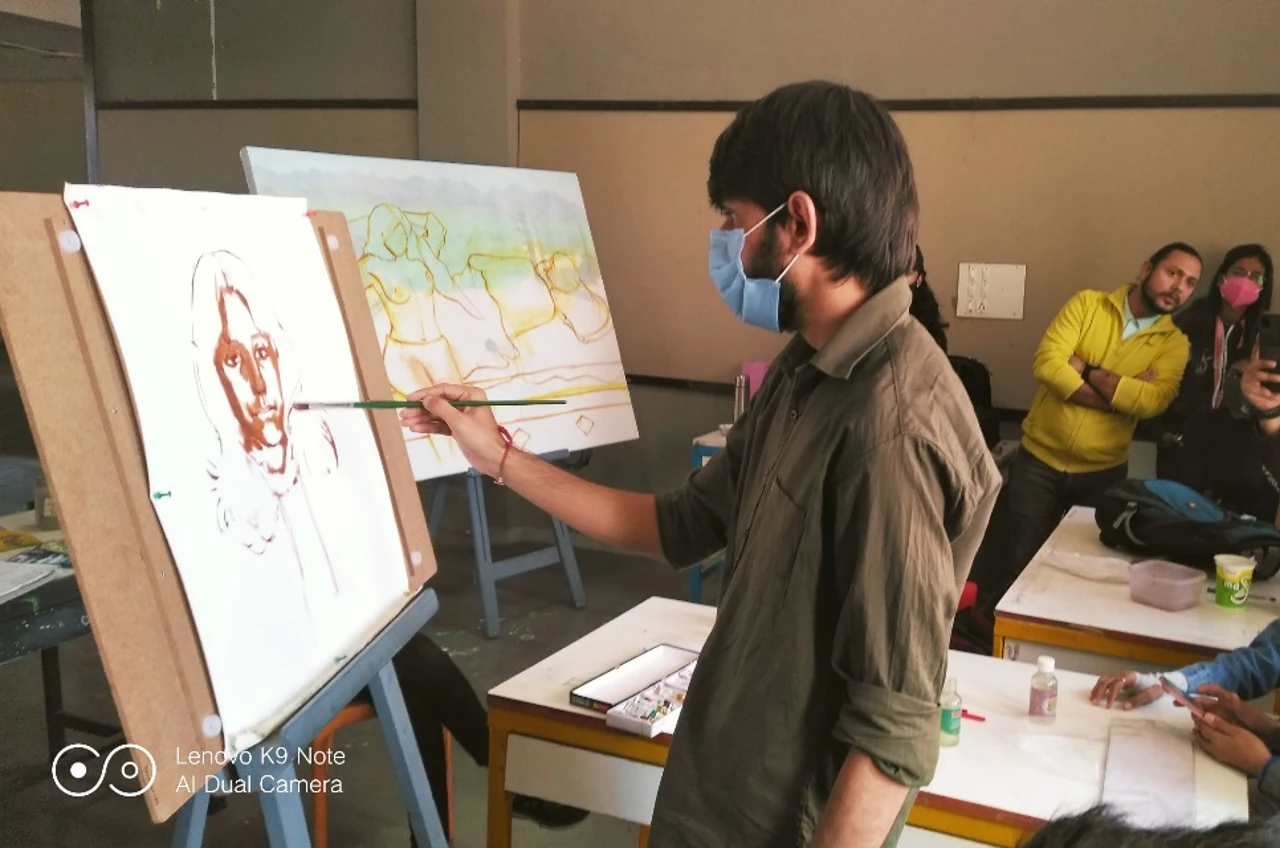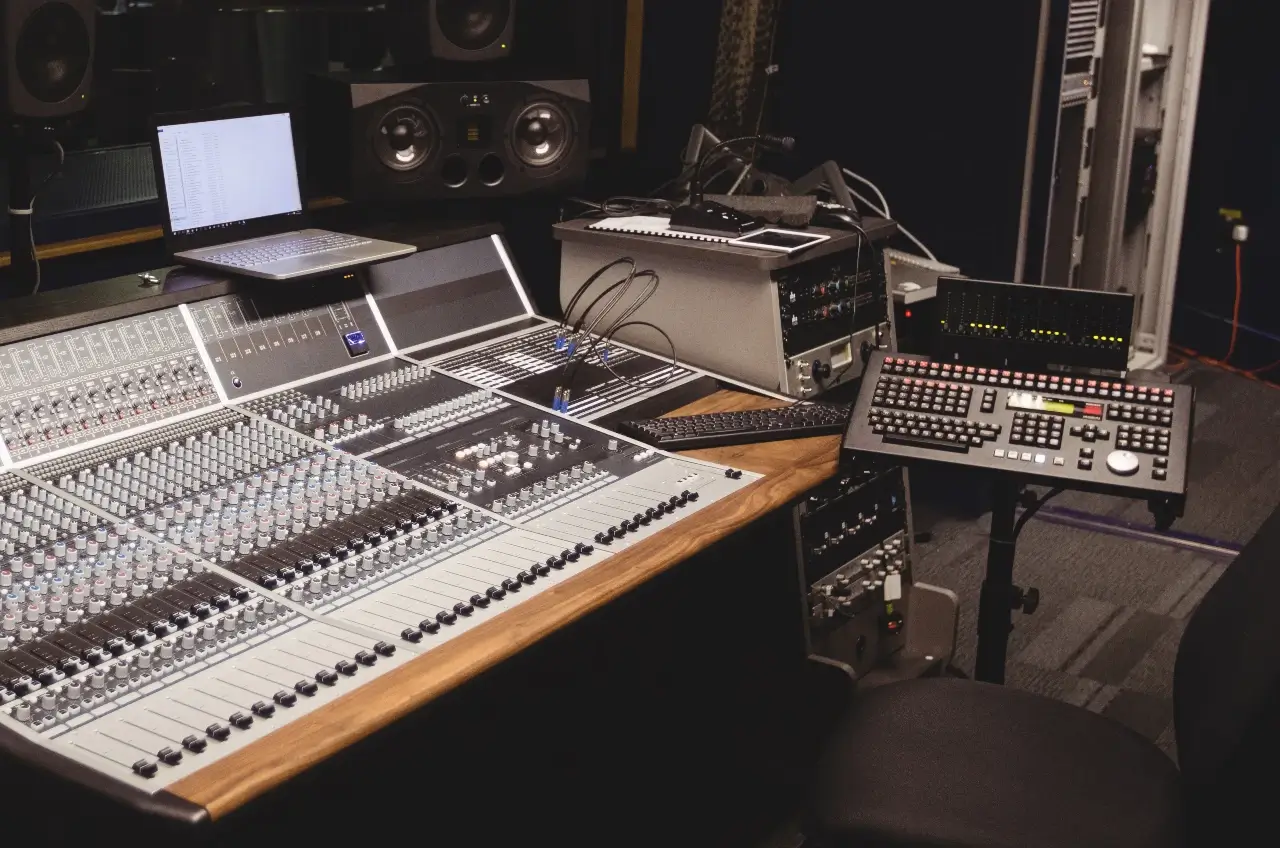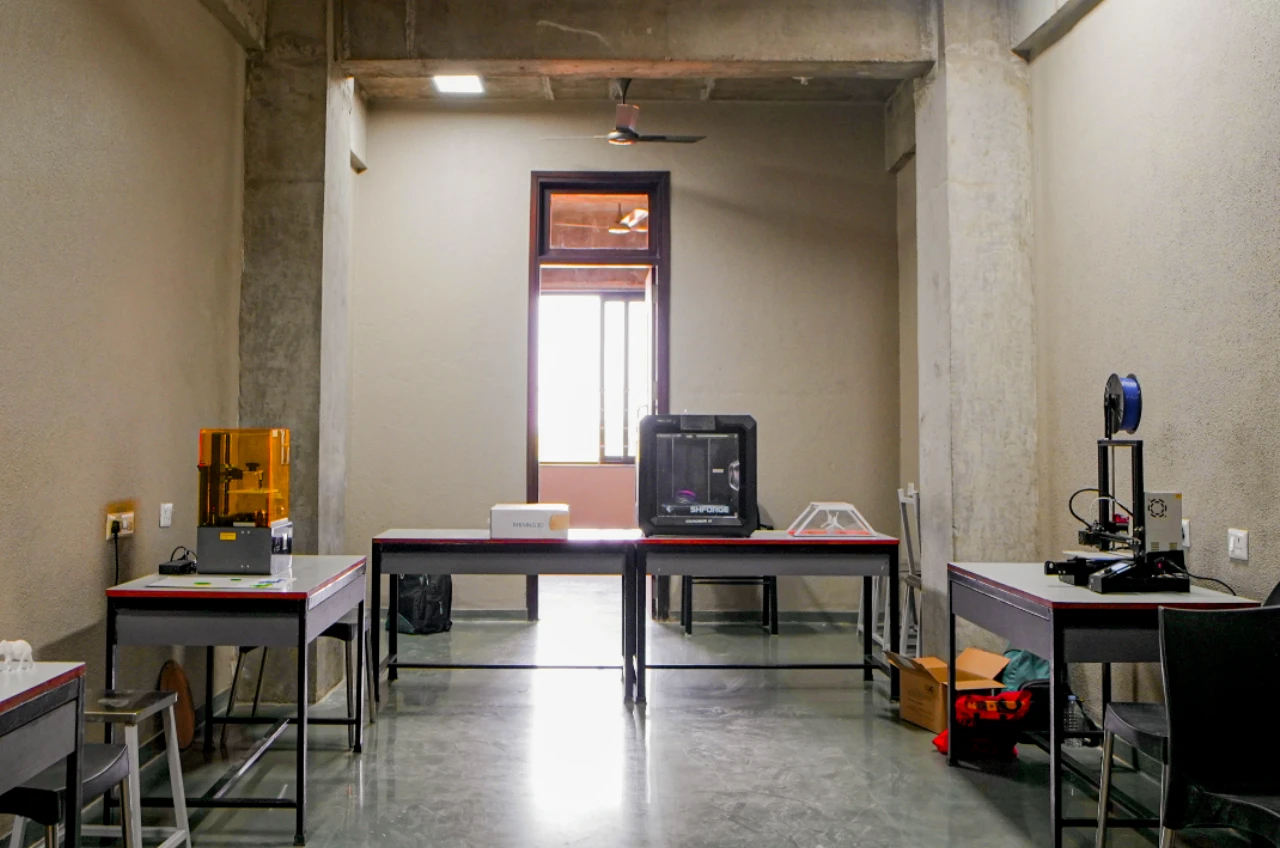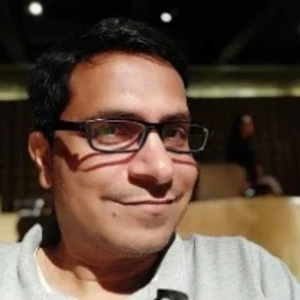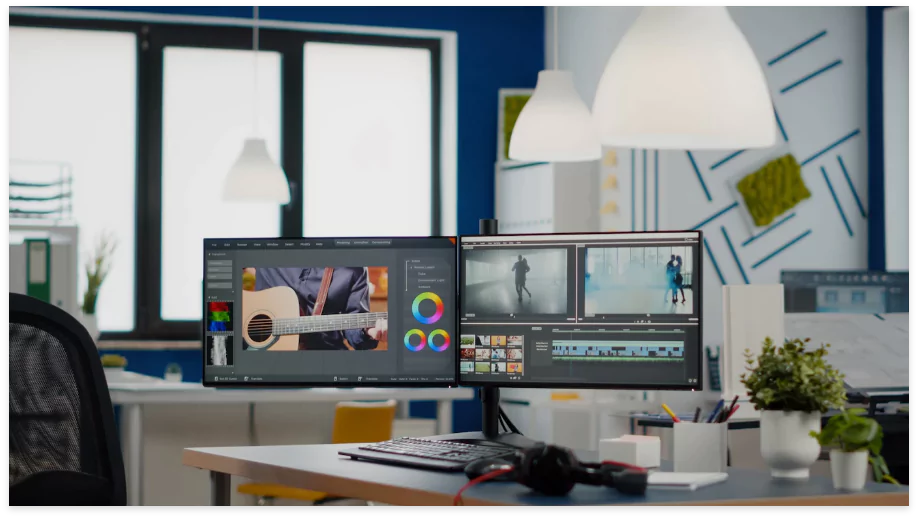Bachelor of Design in Visual Communication (B.Des (Visual Communication)) is an
Undergraduate Mass Communication program. Visual communication is defined as
conveying ideas and information in forms that can be read or viewed in the B.Des
Visual Communication course. Visual communication is primarily given or
represented by two-dimensional pictures and encompasses signage, typography,
drawing, graphic design, illustration, color, and electronic resources.
The Bachelor of Design degree program in Visual Communication is typically three
academic years long; however, this varies by location. In addition, certain
institutes may offer the Bachelor of Design program in Visual Communication on a
part-time basis. After completing the Bachelor of Design program in Visual
Communication, applicants will be able to work in a variety of sectors.
The goal of the four-year, eight-semester Bachelor of Design or B.Des Visual
Communication program is to nurture and generate exceptional visual
communication design experts to satisfy the nation's and the world's
fast-expanding, complicated communication design demands. The program stresses
essential design foundation inputs in the first year, followed by rigorous
project-based semesters culminating in a significant design assignment under
regular industrial settings in semester eight.
Aside from the core of Graphic Design/Visual Design, the B.Des Visual
Communication curriculum offers electives in Motion Design, Interaction Design,
and Spatial/Environmental Design. Professional Practices, Design Research, and
Strategies + Management are also used to prepare students for the workforce.
Having future-ready design thinkers and doers also entails exposing BDes
students to inputs in universal design, deep ecology, and environmental
perception, as well as providing them with the chance to propose radical new
ideas via the colloquium paper.
The course is appropriate for people who wish to pursue teaching careers at a
higher degree level, i.e., college and university, at private and public
institutions. To pursue this tough vocation, they must have a creative and
imaginative mind and an interest in physics and mathematics. In addition,
candidates should be creative problem solvers with conceptual aptitudes since
they are required qualities for this course.

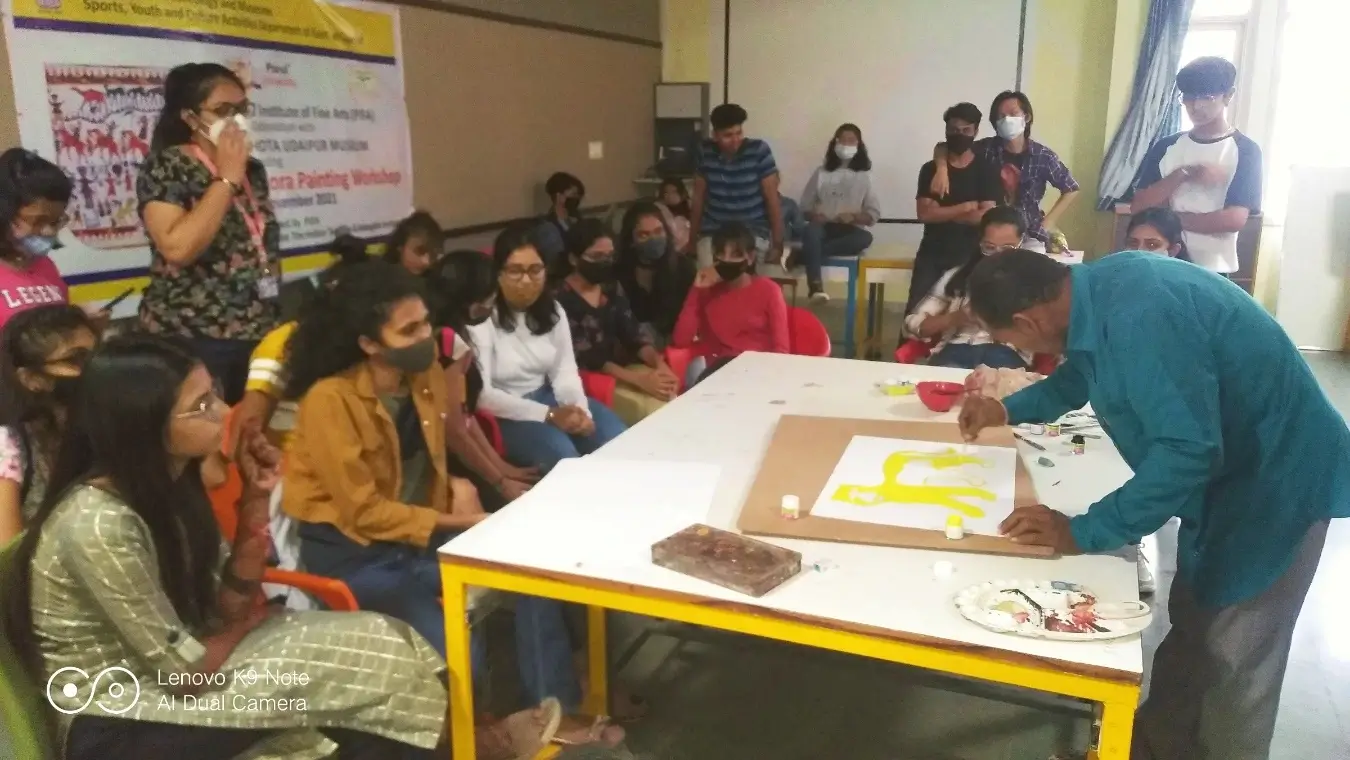
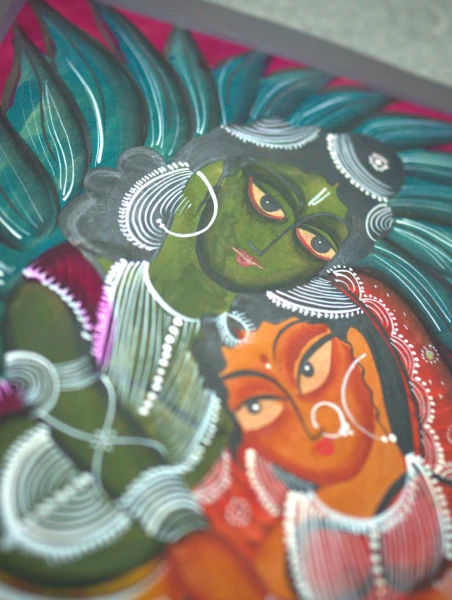
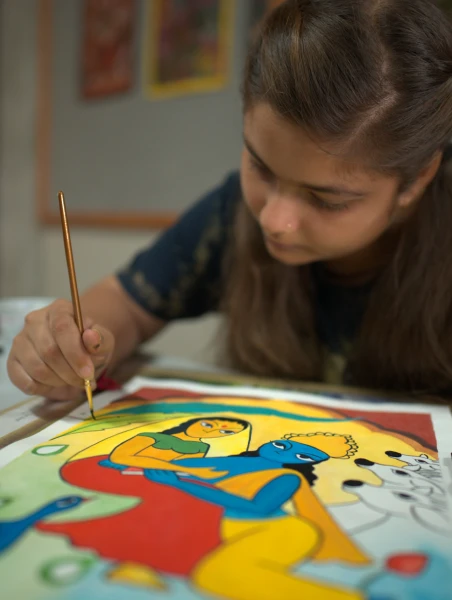
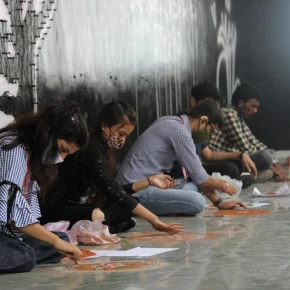
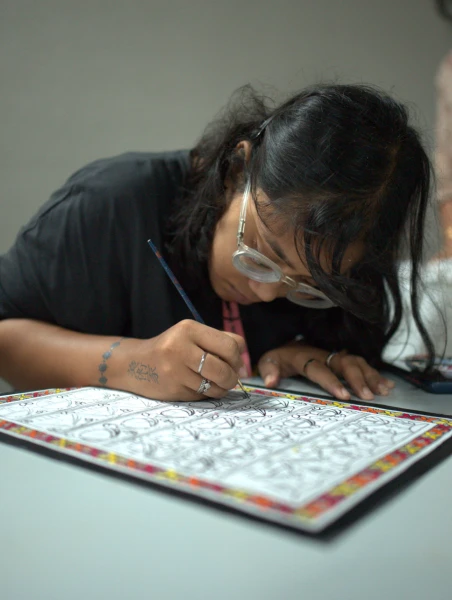
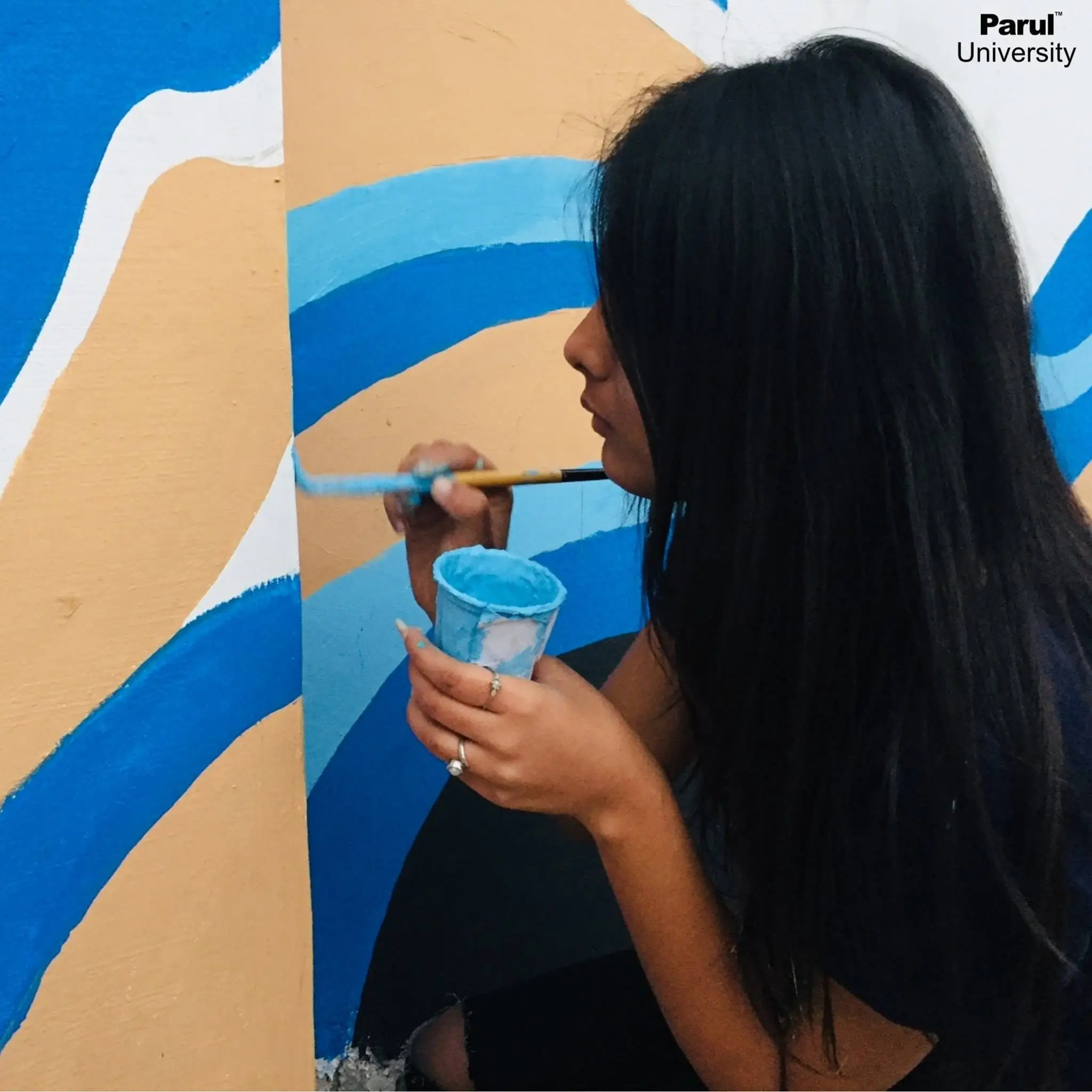
.ARW.webp)
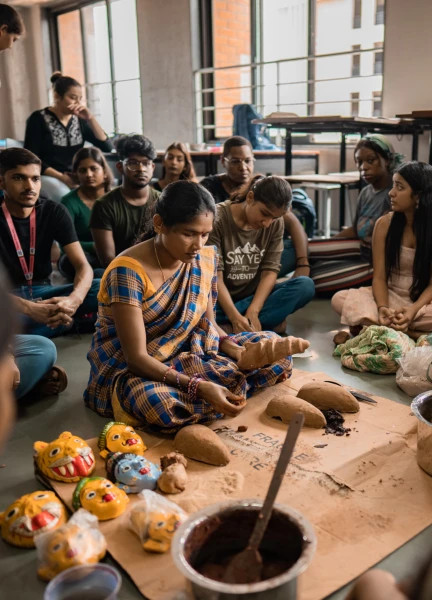
.webp)

